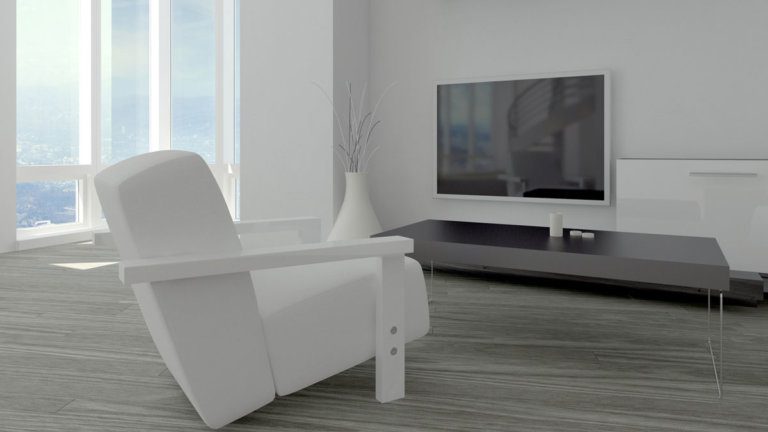Consumer
Where is that Set-top Box?

As a technology developer in the cable industry, my friends often ask me questions like, "Why do I need all these boxes in front of my TV?", "Why do I need to use so many remotes?" , and "When will I be able to watch TV on my mobile/tablet?" My enthusiastic response has been, "Very soon!” And then I explain the Digital Living Network Alliance's CVP-2 Guidelines, and how this new technology leverages the latest HTML5 web standards to allow consumers to view their TV content on any device of their choice. The responses I receive range from the optimistic "Great! How Soon?" to the skeptical "I'll believe it when I see it", which is why I was really excited when DLNA launched the VidiPath Certification Program.
VidiPath enables TV services to be viewed on various devices like tablets, phones, Smart TVs, and game consoles within the consumer's home. More details about CVP-2 are available as a previous post to this blog. However, the relationship between CVP-2 and the VidiPath Certification deserves some explanation. CVP-2 was geek-speak for the technology guidelines while they were being developed in the industry. Now completed, the VidiPath™ brand has been born.
Ok, back to my excitement about the VidiPath Certification Program. The reasons are twofold. First and foremost, the certification launch means that the industry is just one final step from getting the CVP-2 technology into the market and in consumers’ homes. The other reason is that the CableLabs CVP-2 Server was qualified by DLNA as a CVP-2 Reference Server and selected for use in the VidiPath Certification Testbed.
Benefits of VidiPath to Consumers
VidiPath will allow a consumer to watch premium TV content on any VidiPath certified device within their home, and that is just the tip of the iceberg. Consumers will also be able to enjoy the following benefits with their VidiPath devices:
- Putting aside that extra remote to navigate and watch content.
- No longer needing multi-room set-top boxes.
- Watching TV on tablets or mobile phones while everyone else is watching something else on the big TV.
- Gaining a modern yet consistent user interface on all devices to navigate and bookmark content.
- Reclaiming entertainment center real estate by moving the set-top box to the basement or a closet.
CableLabs CVP-2 Reference Server (or How Has CableLabs Contributed?)
To support the success of VidiPath, CableLabs has been actively involved in the development of the CVP-2 guidelines and has also developed a CVP-2 Server utilizing a number of existing open source components to accelerate the development and adoption of VidiPath in the industry. To that effect, we had: a) good success right from the start with the Intel OTC team contributing code to Rygel, b) various companies utilizing our code base for their testing/development and providing us feedback, and c) our collaboration with Elliptic Technologies and utilizing their robust tVault for DTCP-IP solution in the CableLabs Reference Server to provide content protection and authentication. We are already shipping out the Reference Server to various DLNA members who are preparing to get their clients certified. Now we look forward to VidiPath clients getting certified and hitting the market.
In addition, CableLabs holds CVP-2 interoperability events (interops) about twice a year. During these interops, manufacturers and cable operators come together to evaluate how their client or server interacts with other CVP-2 clients and servers. We just finished up another successful interop, with sixteen different companies participating.
And finally, CableLabs has a VidiPath Interoperability Lab, where VidiPath client developers can develop and test against MSO VidiPath guides, as well as work with the CableLabs CVP-2 Reference Server and other DLNA CVP-2 test tools.
Contact info: Darshak Thakore is a Lead Architect in the Applications Technologies Group at CableLabs.

